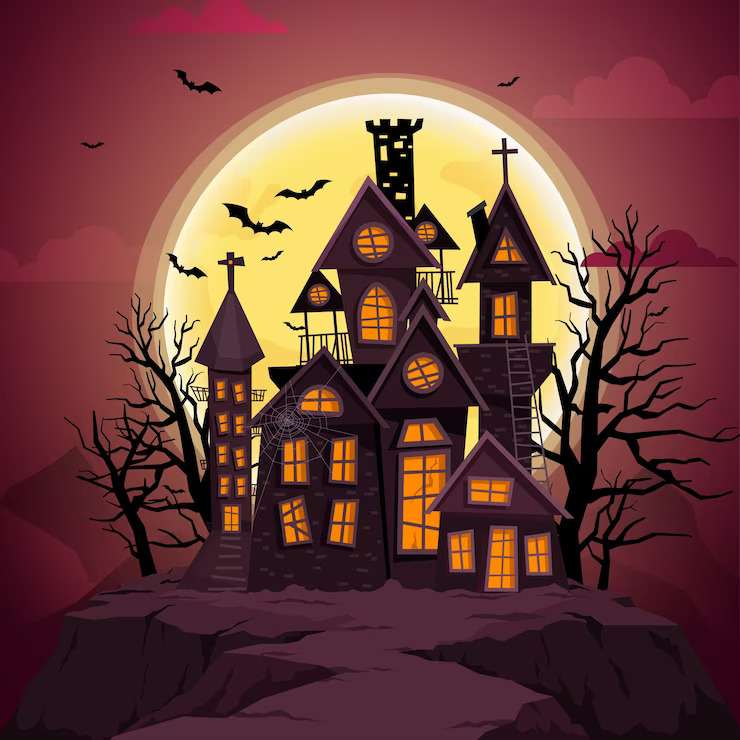Halloween, the beloved holiday of costumes, candy, and carved pumpkins, has a history steeped in eerie traditions and spine-tingling folklore. However, the Halloween we celebrate today bears little resemblance to its truly terrifying origins. In this article, we’ll take a journey back in time to explore the roots of Halloween and discover how this once spine-chilling holiday has evolved into the festive and fun celebration we know today.
Samhain: The Celtic Roots
Halloween finds its origins in the ancient Celtic festival of Samhain, celebrated around November 1st. Samhain marked the end of the harvest season and the beginning of winter—a time when the boundary between the living and the dead was believed to blur. Celts believed that spirits and otherworldly entities could freely roam the Earth during Samhain.
Frightening Traditions
During Samhain, Celts lit bonfires and wore costumes made of animal heads and skins to ward off malevolent spirits. Villagers left offerings of food and drink outside their homes to appease the wandering ghosts. Divination rituals were also common, as people sought to communicate with the deceased. These traditions were deeply rooted in the fear of the supernatural and the unknown.
The Christian Influence
With the spread of Christianity, Samhain began to evolve. In the 7th century, Pope Boniface IV declared November 1st as All Saints’ Day, a day to honor saints and martyrs. The night before, known as All Hallows’ Eve, gradually merged with Samhain. The Christian influence brought prayers and the lighting of candles on graves, but the idea of spirits and the supernatural remained.
The Emergence of Trick-or-Treating
The tradition of trick-or-treating as we know it today has a more recent history. In medieval Europe, “souling” involved the poor going door-to-door, offering prayers for the deceased in exchange for food. In America, the tradition of trick-or-treating gained popularity in the early 20th century. Children dressed in costumes went door-to-door asking for treats, with the threat of pranks if none were given. The playful aspect of Halloween was on the rise.
The Transformation into a Family-Friendly Holiday
In the mid-20th century, Halloween underwent a transformation. It became more focused on community and children, with an emphasis on fun and festivities rather than fright. The portrayal of witches, ghosts, and monsters shifted from genuinely terrifying to cartoonish and comical. Halloween parties, parades, and haunted houses became popular, embracing the playful side of the holiday.
Conclusion
Halloween has undergone a remarkable transformation from its truly terrifying origins as a festival of fear and the unknown. While it once involved warding off malevolent spirits and embracing the supernatural, today’s Halloween is a time for children to dress up as their favorite characters, families to carve pumpkins together, and communities to come together in celebration.
The evolution of Halloween reflects our changing attitudes toward the supernatural and our desire for a holiday that brings joy rather than fear. Nonetheless, it’s important to remember the ancient roots of this holiday and the centuries of history that have shaped it into the festive and fun celebration we cherish today. Halloween may no longer be truly terrifying, but its rich history and enduring traditions continue to captivate our imaginations, making it a holiday that is both spooky and spectacular.
